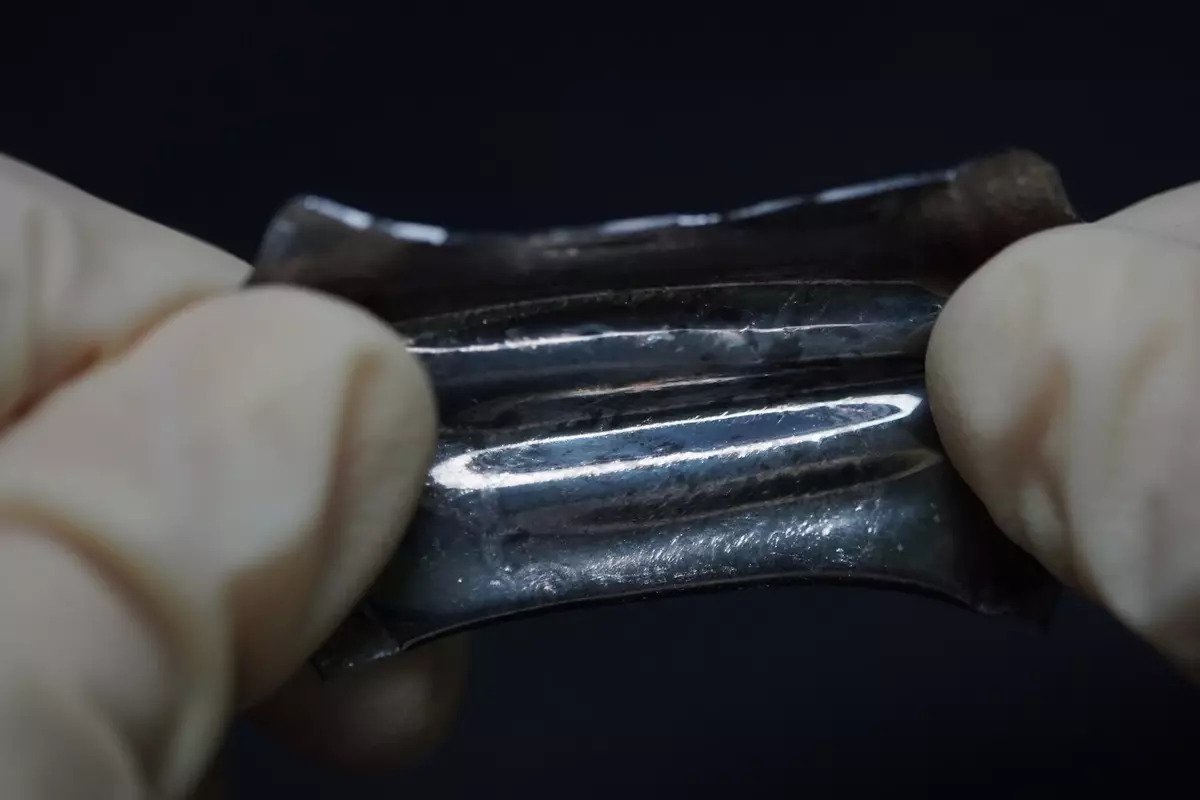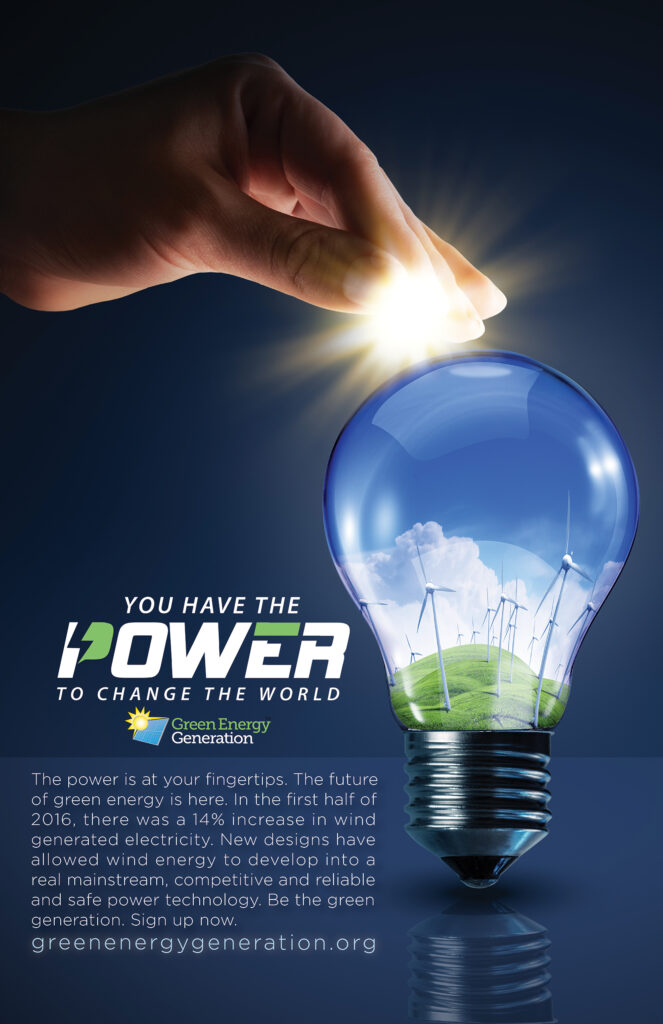How to Calculate Battery Charge Time
0Battery charge time is determined by dividing the battery capacity by the charging current, adjusted for efficiency. Whether it’s the robust lead acid battery used in vehicles or the sleek LifePo4 battery in modern electronics, this fundamental principle remains consistent. As renewable energy solutions like solar charging become more prevalent, with solar panels efficiently converting sunlight, understanding how to calculate battery charge time is crucial. This article offers a deep …





